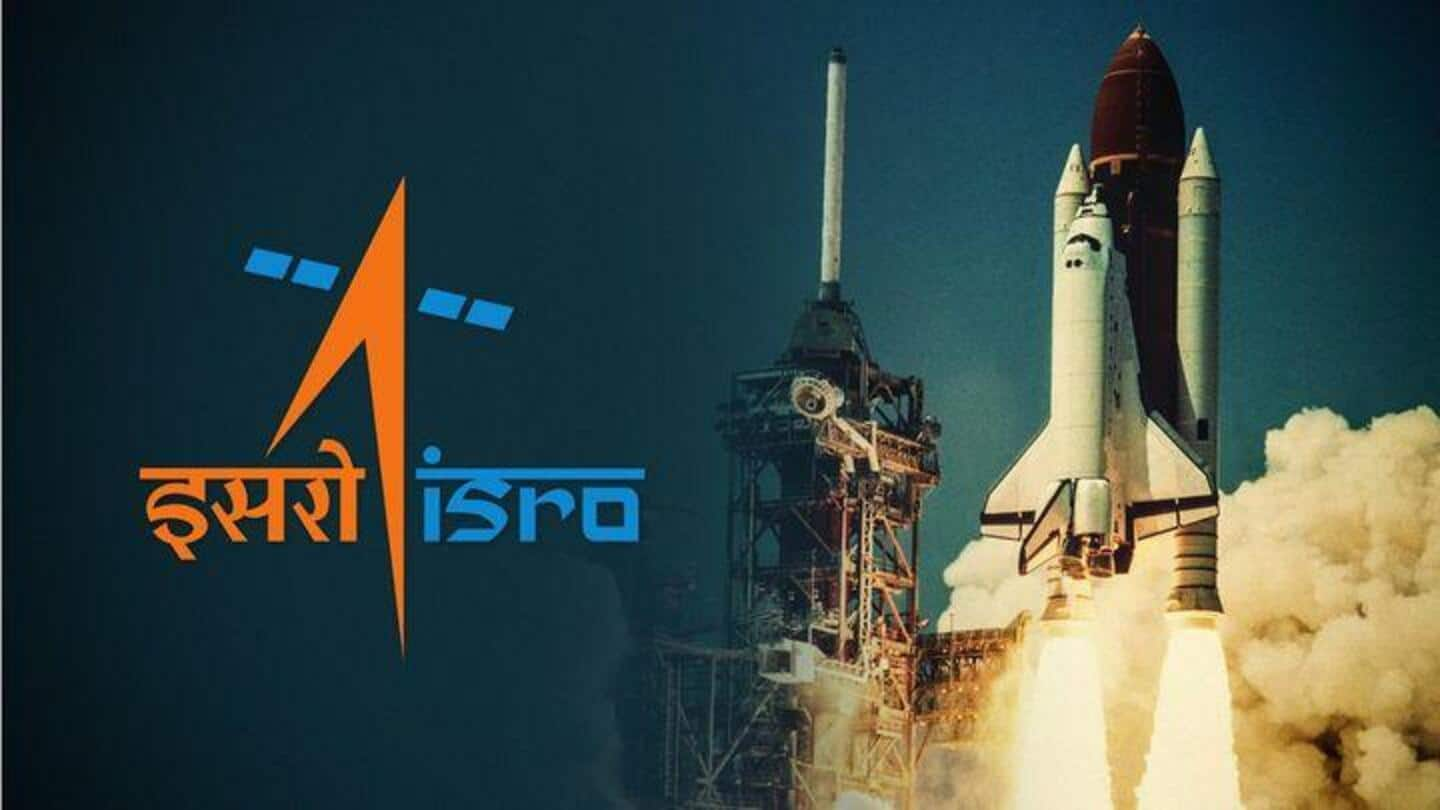
Upcoming ISRO missions and launches in 2023
What's the story
Indian Space Research Organisation (ISRO) has a series of missions lined up, which include probing the Sun, the Moon, Venus, and the Earth.
As of October 2022, the space organization has successfully launched around 385 foreign satellites for 34 different countries including the USA, Germany, Canada, and Sweden.
Let's take a look at the upcoming missions, some of which will launch in 2023.
Solar observatory
Aditya-L1 is India's first dedicated solar observatory
Aditya-L1 is the first observatory-class solar space mission, developed in collaboration with several Indian research institutes.
The 1,500kg satellite will be placed around the first Lagrange point of the Sun-Earth system. Onboard will be seven payloads to observe the photosphere, chromosphere, and the outermost layers of the Sun using electromagnetic and particle detectors.
It is expected to be launched in March 2023.
Chandrayaan-3
Chandrayaan-3 is scheduled to take off in August 2023
Chandrayaan-3 will demonstrate end-to-end capabilities of safe landing and roving near the Moon's south pole. It succeeds Chandrayaan-2 but lacks an orbiter and has several improvements in terms of design and engineering.
The lander's payloads include a seismometer and a heat flow experiment, while the rover will carry spectrometers.
The lunar mission will take off in August 2023.
X-ray polarimeter satellite
XPoSat has two scientific payloads
XPoSat (X-ray Polarimeter Satellite) is the first dedicated polarimetry mission to study the dynamics of bright astronomical X-ray sources in extreme conditions and will lift off in 2023.
The spacecraft has two scientific payloads. By measuring parameters like the angle of polarization, a better understanding of emissions from cosmic objects such as nebulae, black holes, and active galactic nuclei, can be obtained.
Mars and Venus missions
Shukrayaan-1 is the first orbiter mission to Venus
Shukrayaan-1 will be the first Venus orbiter to carry a sub-surface radar. It will investigate aspects such as the surface and structure of the planet. It is expected to launch in December 2024.
Mangalyaan-2 or the Mars Orbiter Mission 2 (MOM 2), which is the second interplanetary mission aimed at probing the red planet, will be taken up only after the launch of Chandrayaan-3.
Gaganyaan-3
Gaganyaan-3 will put astronauts 400km in orbit
Gaganyaan-3 is ISRO's first crewed mission, in partnership with Defence Research and Development Organisation (DRDO) and Hindustan Aeronautics Limited (HAL).
The preceding two missions—Gaganyaan-1 and Gaganyaan-2—will be uncrewed test flights after which the three astronauts will be sent on the Gaganyaan-3 expedition.
The spacecraft is targeted at the low-Earth Orbit for a 3-day mission, followed by a splashdown landing upon re-entry.
NISAR
NISAR will provide information on global environmental changes
NASA-ISRO Synthetic Aperture Radar (NISAR) is a joint Earth-observing mission. It will provide insights into global environmental changes by monitoring several processes on Earth and help in better management of natural resources and hazards.
It will be the first satellite mission to map Earth using two different radar frequencies for measuring "changes in our planet's surface less than a centimeter across."